As soon as the market adjusts a bit, many people start to panic. A quick scroll through some headlines immediately brings to mind a phrase: 'What altcoin season can we talk about when it’s like this, ridiculous?'
But if you really understand the current situation, you will know things are not that simple. Bitcoin has dropped from a high of 123,218 to the current 114,622, a correction of about 7%; Ethereum has fallen from 3,941 to 3,609, a drop of about 8.4%. Does this magnitude qualify for the words 'market peak'? I’m afraid not at all.
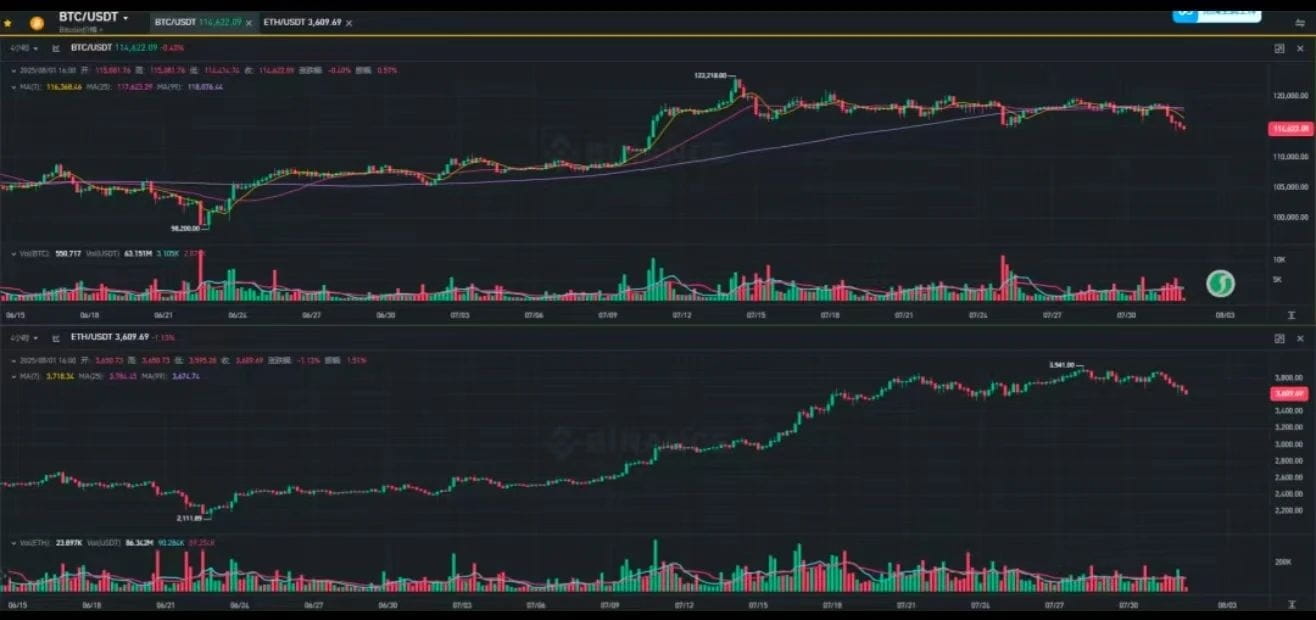
Looking back over the past three months, Bitcoin's increase is not exaggerated, about 20%. But Ethereum is different; even counting today's pullback, its overall increase has nearly doubled, reaching close to 100%.
So the question arises: why do you feel the market is so poor? The answer is simple – you care about the altcoins in your hands. They haven't risen, so you feel like the entire market has no action. But from the structure of mainstream coins, the current market state is actually not weak.
Where does the altcoin market come from?
The term 'altcoin season' is not made up out of thin air; it is based on the rhythm of capital flows.
This rhythm has always been very clear: the first phase was primarily Bitcoin's surge, which has essentially concluded; next is the second phase, where Ethereum begins to catch up, which you've also seen in ETH's strong performance during this time.
The third phase, the true explosion of the 'altcoin market,' has actually not officially started yet. Ideally, I shouldn't have written this article so early, but the market has given us a signal – it is worth positioning in advance.
The key point is that the US SEC suddenly issued a new regulation last week with far-reaching implications: allowing 'authorized participants' to participate in crypto ETPs through physical subscription/redemption.
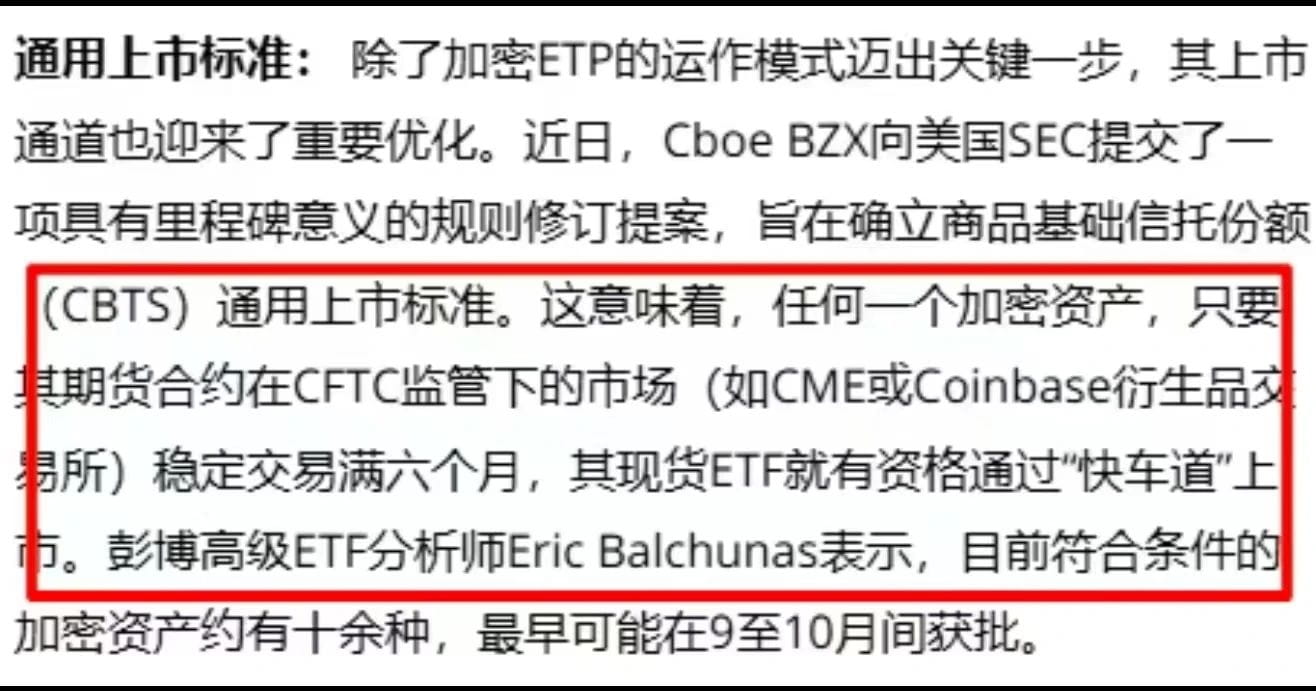
Let me explain what this means.
If you don't understand that sentence, no worries, I'll put it another way:
As long as a cryptocurrency futures has been listed on Coinbase's derivatives exchange for more than 6 months, it may potentially receive SEC approval in the future to become an ETF product. This is not speculation but is formally written into (the Federal Register) and has entered the opinion solicitation stage. Once the 21-day opinion period passes, it could be formally effective within 60 days, likely by this September.
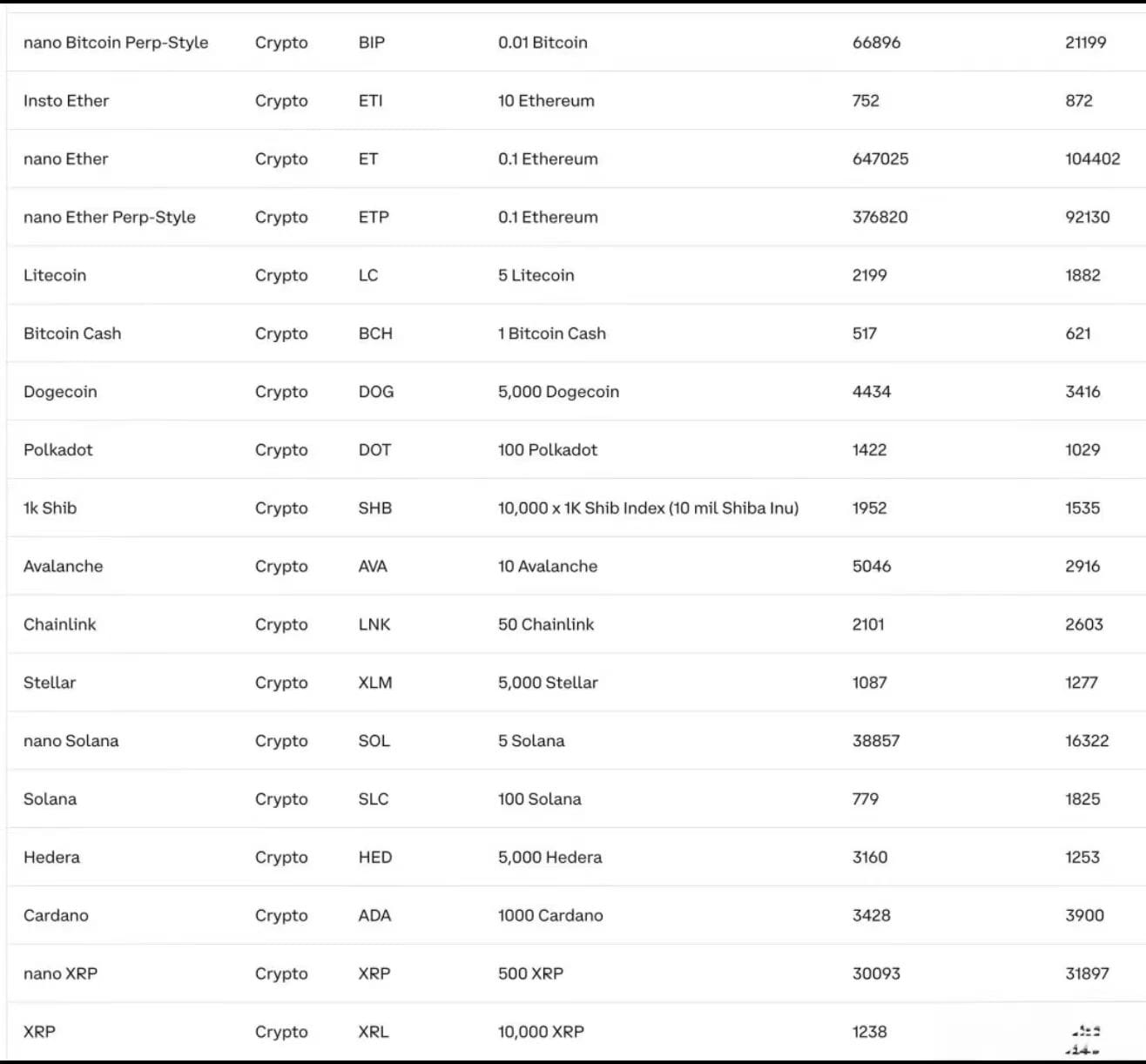
Previously, I mentioned that capital flows have not yet entered altcoins because the timeline was unclear. Now, with this bill in place, the rhythm has become clear, and expectations can begin to trade.
Do you remember the altcoin direction I constantly emphasized earlier? Yes, it’s the ETF track. At that time, you may not have taken it seriously, but looking back now – the development of events just confirms this direction.
After the ETF approval, who will be the core?
Once the ETF is officially launched, the first to benefit will definitely be those coins that have been listed on futures exchanges for more than six months. They may not necessarily be the 'hottest', but they will definitely be the 'most stable'. Strong liquidity, solid fundamentals, and active trading make them naturally more attractive to institutional funds.
On the contrary, those coins that rely on temporary hype, with increases solely driven by FOMO, cannot attract equal attention from funds. To truly start the altcoin market, leading assets will take off first, mid-tier projects will rely on luck, and tail-end projects can only hope for fate.
So how are the ETF applications for SOL and XRP progressing?
Recently, the most asked questions are about these two coins.
According to the SEC's current process, Solana has the potential to pass its ETF application before the deadline of October 10. Sol's futures have been listed on the Chicago Mercantile Exchange for over six months (September 17 was a key date), and since it was previously listed on Bitnomial and NADEX, if it passes the GLB fast track mechanism, it may even be approved earlier.
As for XRP, its futures listing came slightly later than Sol, possibly launching afterwards, but it is also likely to enter the market in early Q4 (around October).
More importantly: these ETFs are physically-backed, meaning they require real purchases of the underlying coins to support issuance. Sol's ETF may even support staking functions, meaning you can earn 'interest' on purchases.
Priority allocation list
Currently within the market, the top asset that can stand shoulder to shoulder with BTC and ETH must be Sol. It not only has strong elasticity and quick rebounds but also leads the way in every wave of market movements.
In the short term, let's first look at this target level of 250, and then the next challenge will be the previous highs. For main warehouse allocation, it is currently one of the most cost-effective choices in the altcoin sector.
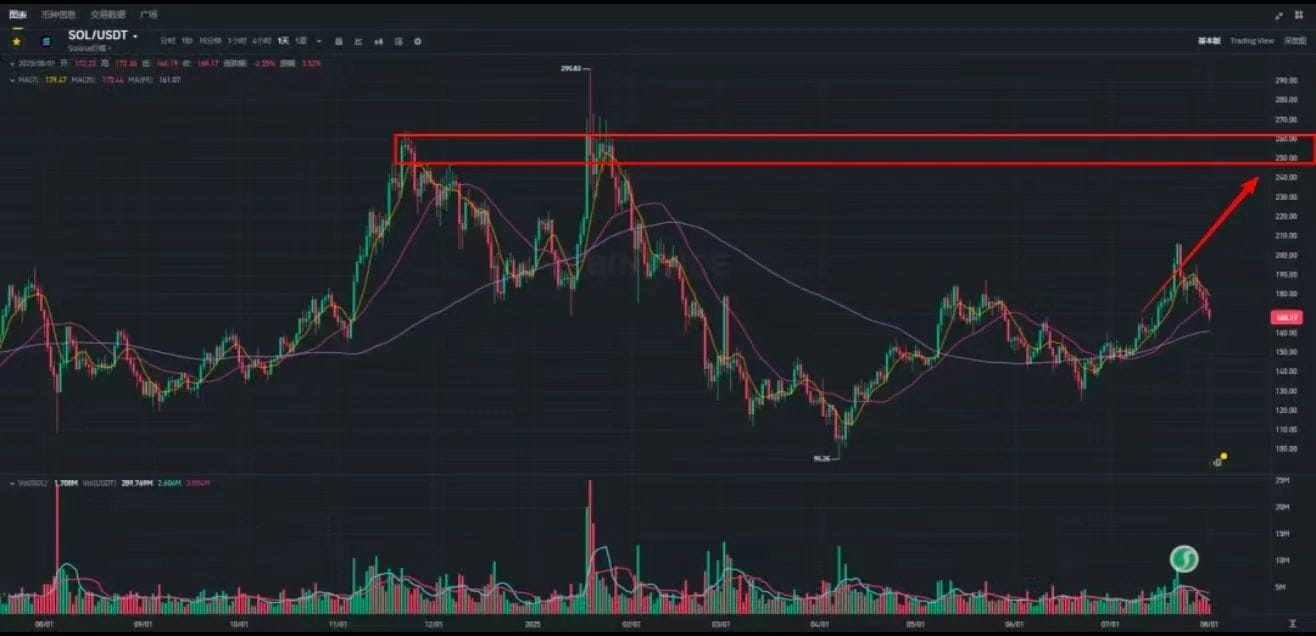
BCH may not have received much attention before, but its recent performance has been impressively stable. Maintaining stability during market turbulence is an important signal for judging fundamentals and capital structure.
It's not that it can soar high, but at least it's stable enough to hold, and when it erupts, it can bring 'surprises'.
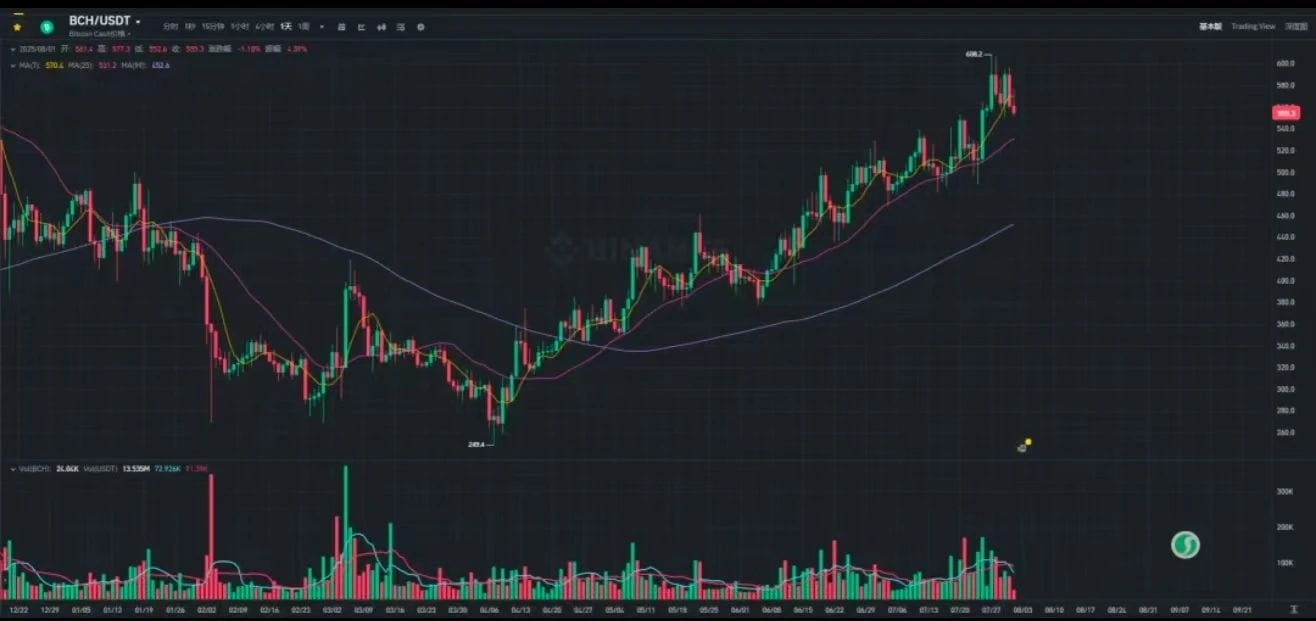
XRP, as the third largest by market cap, has always performed steadily. No matter how the market changes, it has good capital support and structural resilience. Once the ETF becomes a reality, it is destined to be one of the assets prioritized by institutions.
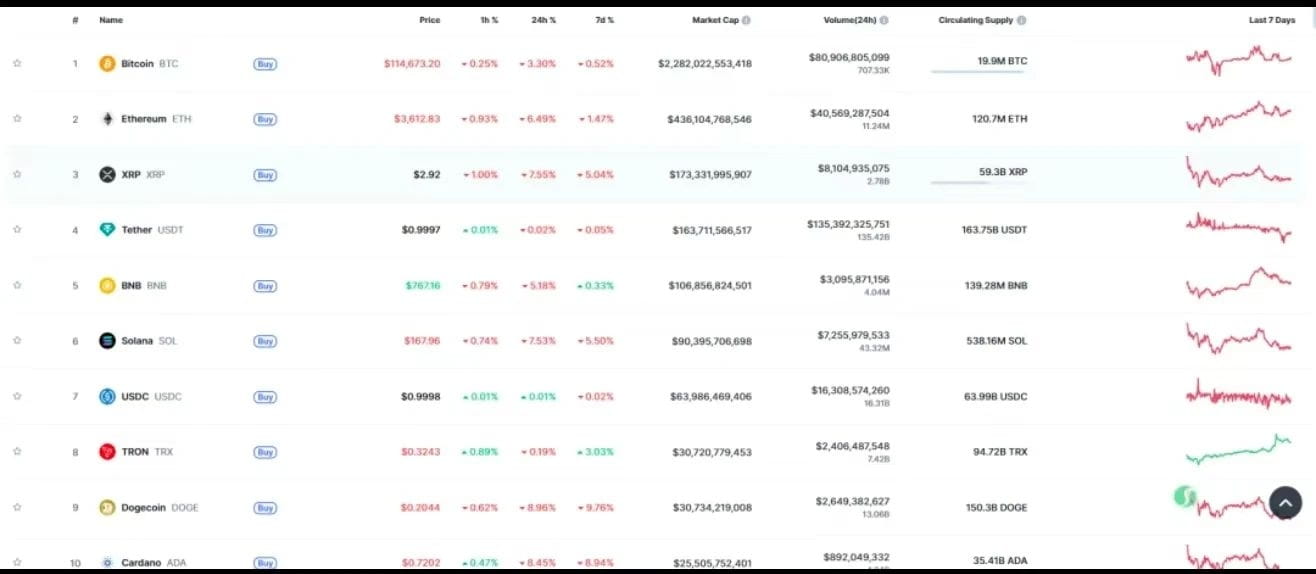
From a trend perspective, the pullback is not deep and the recovery is rapid, belonging to quality coins that possess both offensive and defensive capabilities.
How to choose other projects? It’s simple: just focus on those that are close to meeting the standards on the ETF whitelist. The changes in market rules determine the order and logic of this round of altcoin market.
Summary: Don’t wait any longer; the window period might be right now.
This wave of adjustment may very well be the last opportunity to pick up cheap chips. What more do you think it can fall? In fact, the closer it gets to the official launch of the ETF, the less the market will give you time to pull back.
Many people are still immersed in short-term bearishness and emotional panic, unaware that the significant macro-level positives are the true key drivers of market direction. Short-term negatives cannot outweigh structural changes; once institutions start deploying their capital, the entire crypto market will only move faster and become more regulated, possibly even integrating into mainstream finance.
Ultimately, how the market looks does not depend on the charts or indicators, but on your judgment of the overall trend.
I still say this – the bears can play by themselves. In this wave of altcoin frenzy, it all depends on whether you dare to get on board early.